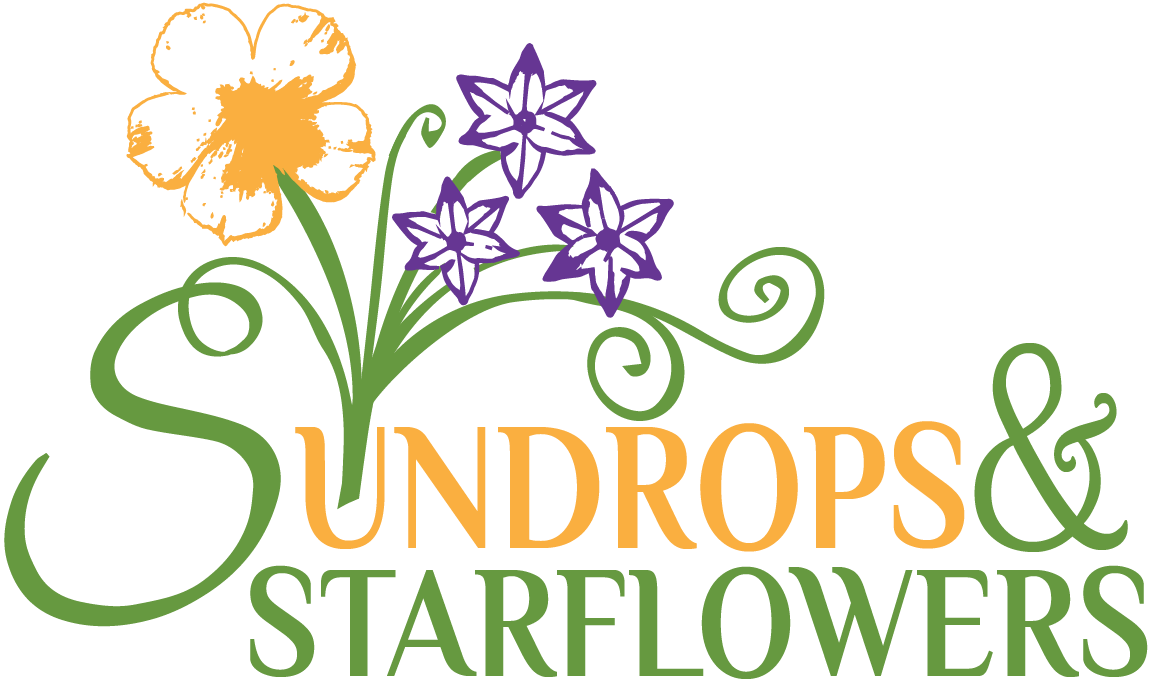Terra Cotta or Clay are the most widely used and recognized flower pots. Clay pots are porous which helps keeps the potting soil cool and wicks excess moisture away from plant roots (a great benefit if you tend to over-water your plants). The pots are relatively fragile, hard frosts can crack the containers and it can dry out quite rapidly, especially in sunny locations.
Glazed Ceramic are my favorite because they come in a large variety of sizes with textures and patterns and there are so many glaze colors and options. They are durable and hold moisture in the soil better than terra cotta. Glazed ceramic pots can be quite heavy and typically have a higher price tag.
Plastic (a.k.a. Resin or Polyethylene) is often the least expensive type of garden container. A good, high quality plastic pot will last for decades; whereas, an inexpensive discount store item will typically fail after two or three seasons – plastic containers have a tendency to become dry and brittle in our climate. Plastic is non-porous and retains water easily (a good feature if you water irregularly). The best feature of plastic pots is that they are light weight.
Fiberglass containers are lightweight and strong. They are created using a molding process which often includes a three dimensional motif or texture. Fiberglass is a great choice if you will need to move your containers around or if you are concerned about young children or big dogs knocking your plants over since they are not easily broken.
Fiber Lined Metal Frames are typical for hanging baskets and some window boxes. The fiber is typically coconut fiber or sphagnum moss. They are light weight, which is important when you’re hanging them, but they tend to dry out quickly. Place a piece of plastic with just a couple of holes poked in it in the bottom of the liner to help slow down the draining water. The fiber liners typically wear out after a year or two and need to be replaced.
Choosing garden containers can be a very daunting process – there are so many choices and you want to get the ones which are right for your patio or deck. One way to help narrow down your choices is to decide on a material to use. Here I’ll describe a few of the most common materials used for container gardens and the pros and cons of each.
Of course there are many more choices including concrete, wood, cast-iron and sheet metal, I’m just covering the most common garden pottery. I have a small inventory of pottery if you’re looking for some new containers or contact me if you just need some advice.

